- Shop Now
- Burncoose Specialities
- This Month
- Offers & Promotions
- RHS Chelsea Flower Show 2024
- 40 years at Burncoose
- Engage With Us
- Information, Help & Advice
- About Us & Our Services
- Terms & Conditions
- Log In / Register
LAVANDULA
Commonly known as Lavender
Timeless favourites which bring to mind the perfect cottage garden, butterflies and bees, and summery clumps of purple lavender.
"English lavender" is generally used to describe L. angustifolia, the hardiest species. The name is shared with the hybrid L. angustifolia x L. latifolia (spike lavender).
L. stoechas (French lavender), pedunculata cultivars and other hybrids are less hardy and can suffer in hard winters.
Genus of about 23 species of aromatic, evergreen shrubs and subshrubs from dry, sunny, exposed rocky habitats from the Canary Islands, the Mediterranean (English lavender) and northeastern Africa to southwestern Asia and India.
Leaves and flower heads, when harvested before fully open, are dried and used in pot-pourri.
Many species have a very high nectar content making them particularly attractive to bees.
All are suitable for containers where the environment can be controlled to suit less hardy varieties.
-
Evergreen
-
Dwarf shrubTypically only grows to a maximum of one or two feet in height but there will be some exceptions.
-
Medium shrubTypically grow to around 4-6 feet in height
-
Additional Features
 Good to knowWildlife plant - insects. Cut before flowers open if drying. Cut back old flower heads in April or May, or after flowering. Do not cut into old wood
Good to knowWildlife plant - insects. Cut before flowers open if drying. Cut back old flower heads in April or May, or after flowering. Do not cut into old wood Place of originCanary Islands, Mediterranean, northeastern Africa to southern Asia.Resistant to honey fungusThese plants have little or few problems with honey fungus.
Place of originCanary Islands, Mediterranean, northeastern Africa to southern Asia.Resistant to honey fungusThese plants have little or few problems with honey fungus. -
Scented PlantsScented flowersScented foliage
-
Wildlife
 Bee friendlyButterfly friendly
Bee friendlyButterfly friendly
- Lavender Care
- Harvesting for drying - Video Tip ondemand_video
- Pruning French Lavender - Video Tip ondemand_video
- General dead-heading of Lavender - Video Tip ondemand_video
- Propagation by cuttings - Video Tip ondemand_video







AGAPANTHUS

AGASTACHE 'Blackadder'

AGASTACHE mexicana 'Red Fortune'

ERIGERON

PENNISETUM alopecuroides

PEROVSKIA atriplicifolia 'Blue Spire'

PHOTINIA

PRUNUS lusitanica
PRUNUS lusitanica 'Variegata'

STIPA tenuissima

VERBENA

VERONICA
Buy Varieties of LAVANDULA
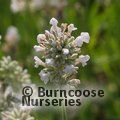
LAVANDULA angustifolia 'Arctic Snow'
slow growing dwarf white variety

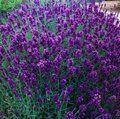
LAVANDULA angustifolia 'Hidcote'
dwarf violet-purple
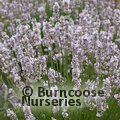
LAVANDULA angustifolia 'Loddon Pink'
pale greyish-pink flowers fading to soft mauve

LAVANDULA angustifolia 'Melissa Lilac'
stunning large lilac flowers and robust silvery-green foliage
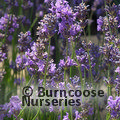
LAVANDULA angustifolia 'Munstead'
dwarf lavender-blue
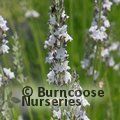
LAVANDULA x intermedia 'Edelweiss'
(syn. Snow Cap) - white flowers with green foliage
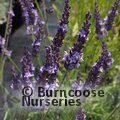
LAVANDULA x intermedia 'Grosso'
taller growing with broad leaves and mid blue flowers
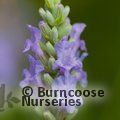
LAVANDULA x intermedia 'Provence'
light mauve-purple flowers and grey-green leaves
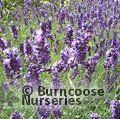
LAVANDULA x intermedia 'Vera'
lavender-blue flowers and broad grey leaves
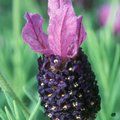
LAVANDULA stoechas 'Fathead'
plum-purple bracts. Very hardy and easy to overwinter

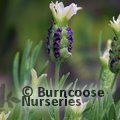
LAVANDULA stoechas 'Pretty Polly'
compact variety with lots of small blue flowers topped with white ears
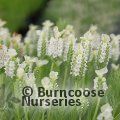
LAVANDULA stoechas 'Snowman'
large white flowers and a compact habit
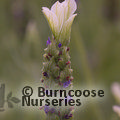
LAVANDULA stoechas 'Tiara'
purple-blue flowerheads topped by creamy-white bracts. Will usually flower twice in a season if trimmed after flowering
Useful extras...

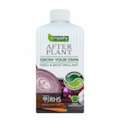






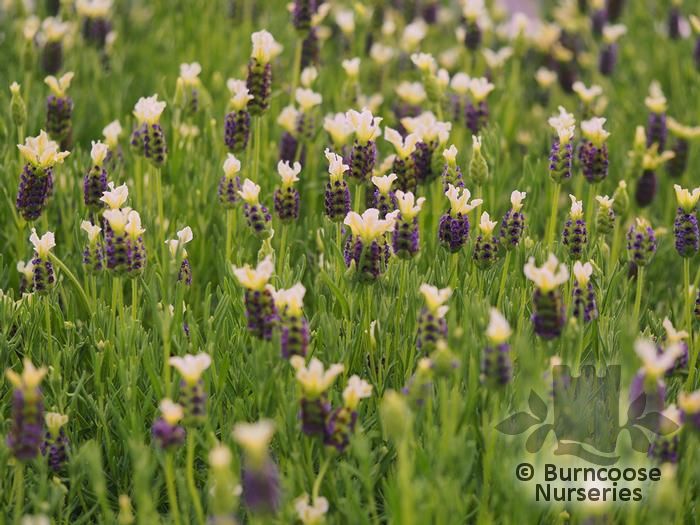

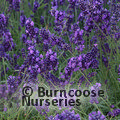
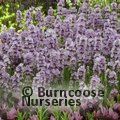





 Gift-wrapping available
Gift-wrapping available




